- No products in the cart.
NEXT tab p / v 400mg + 200mg 10 pcs
$4.38
NEXT tab p / v 400mg + 200mg 10 pcs
Description
Composition
Active substance:
1 tablet contains: ibuprofen – 400 mg paracetamol – 200 mg.
Excipients:
Calcium hydrogenphosphate (Fudzhikalin) – 80.0 mg Microcrystalline cellulose – 64.5 mg Croscarmellose sodium – 24.3 mg, giproloza (hydroxypropyl cellulose (EF Klutsel)) – 19.3 mg Talc – 12.1 mg Magnesium stearate – 7.3 mg colloidal silicon dioxide (aerosil) – 2.5 mg; sheath: Opadry Red 20A250004 (OPADRY 20A250004 RED) [hypromellose (Hydroxy-propilmetiltsellyuloza) – 13.1 mg, giproloza (hydroxypropyl) – 8.1 mg Talc – 6.4 mg Titanium dioxide – 2.5 mg carmine dye [Ponceau 4R] (E 124) – 0.9 mg dye sunset yellow (E 110) – 0.5 mg] – 31.5 mg Opadry II 85F19250 TRANSPARENT (OPADRY II 85F19250 CLEAR) [macrogol (polyethylene glycol) – 0.3 mg polyvinyl alcohol – 1.0 mg polysorbate 80 – 0.1 mg talc – 0.6 mg] – 2.0 mg.
Description:
Oval biconvex tablets, film-coated red color, with Valium, a cross section of the core of a white or nearly white.
Product form:
Tablets, film-coated 400 mg + 200 mg.
2, 6, 10 or 12 tablets in blisters. 1 or 2 blisters with instructions for use in a pile of cardboard.
Contraindications
Increased sensitivity to the drug, including other non-steroidal anti-inflammatory drugs (NSAIDs); erosive-ulcerous disease of the gastrointestinal tract (exacerbation), gastro-intestinal bleeding; progressive renal disease; severe renal impairment (creatine clearance (CC) of less than 30 ml / min.); severe hepatic impairment or active liver disease; bleeding disorders (hemophilia, prolonged bleeding, bleeding tendency, hemorrhagic diathesis); complete or partial combination of asthma, recurrent nasal polyposis and paranasal sinuses and intolerance to acetylsalicylic acid and other non-steroidal anti-inflammatory drugs, including in history; condition after coronary artery bypass surgery; confirmed by hyperkalemia; deficiency of glucose-6-phosphate dehydrogenase; pregnancy (III trimester); breastfeeding; Children up to age 12 years.
Precautions: chronic heart failure; viral hepatitis, alcoholic liver disease, liver and / or kidney failure and secondary mild, benign hyperbilirubinemia (Gilbert syndrome, Dubin-Johnson and Rotor), cirrhosis with portal hypertension, nephrotic syndrome; diabetes, peripheral artery disease, peptic ulcer and duodenal ulcer (in history); gastritis, enteritis, colitis; asthma, bronchospasm; elderly age; pregnancy (I and II trimesters – the application can only be prescribed by a doctor in cases where the potential benefits outweigh the potential risk).
Dosage
400 mg + 200 mg
Indications
Headache (including migraine); toothache; algomenorrhea (painful menstruation); neuralgia; myalgia; back pain; joint pain, pain in inflammatory and degenerative diseases of the musculoskeletal system; the pain of bruises, sprains, dislocations, fractures; post-traumatic and postoperative pain; fevers (including the flu and colds).
The drug is used as a means of symptomatic therapy of fever, headache and muscular pain of acute respiratory disease and influenza. The drug is intended for the symptomatic therapy reduce pain and inflammation at the time of application, the progression of the disease is not affected.
Interaction with other drugs
Inductors microsomal oxidation in the liver (phenytoin, ethanol, barbiturates, flumetsinol, rifampicin, phenylbutazone, tricyclic antidepressants) increase the production of hydroxylated active metabolites, which makes the possibility of severe toxicity in overdose.
Inhibitors of microsomal oxidation (including cimetidine) reduce the risk of hepatotoxicity. Myelotoxic drugs increase the expression gematotoksichnosti drug.
Cyclosporine and preparations of gold increases nephrotoxicity of the drug.
The combination of ibuprofen with ethanol, corticosteroids increase the risk of erosive and ulcerative lesions of the gastrointestinal tract.
Concomitant use of paracetamol with ethanol increases the risk of acute pancreatitis.
Paracetamol and ibuprofen increase the effect of anticoagulants of indirect action and reduce the effectiveness of uricosuric drugs.
Prolonged use of barbiturates, reduces the effectiveness of paracetamol.
Diflunisal increases the plasma concentration of paracetamol at 50%, which increases the risk of hepatotoxicity.
Ibuprofen reduces the hypotensive activity of vasodilators, natriuretic and diuretic – hydrochlorothiazide and furosemide.
Antacids colestyramine and reduce the absorption of ibuprofen.
Caffeine increases the analgesic effect of ibuprofen.
Ibuprofen enhances the effect of oral hypoglycemic agents and insulin.
Ibuprofen increases in blood concentration of digoxin, drugs lithium and methotrexate.
When concomitant administration with acetylsalicylic acid, ibuprofen reduces its anti-inflammatory and antiplatelet effect.
Cefamandole, tsefaperazon, cefotetan, valproic acid, plicamycin increase the incidence hypoprothrombinemia.
Overdose
Symptoms: abdominal pain, nausea, vomiting, agitation, or lethargy, drowsiness, confusion, tachycardia, arrhythmia, acute renal insufficiency, metabolic acidosis, frequent urination, hyperthermia, headache, tremor or muscle twitching; increased activity of “hepatic” transaminases, increased prothrombin time. If you suspect an overdose, immediately seek medical help.
Treatment: gastric lavage, followed by assignment of activated carbon; alkaline water, diuresis, symptomatic therapy, administration of donor of sulfhydryl groups (NAC) and glutathione synthesis precursors (methionine).
pharmachologic effect
Pharmacological group:
Analgesic combined (NSAIDs are non-narcotic analgesic agent +).
Pharmacodynamics:
Combined preparation having analgesic, antiinflammatory and antipyretic action.
Paracetamol – a non-narcotic analgesic, has antipyretic and analgesic effect due to blockade of the cyclooxygenase in the central nervous system and the effects on pain centers and thermoregulation.
Ibuprofen – nonsteroidal anti-inflammatory agent, has analgesic, anti-inflammatory and antipyretic effects associated with non-selective inhibition of cyclooxygenase activity, which regulates the synthesis of prostaglandins.
Drug components affect both the central and the peripheral mechanisms of pain. Directional, complementary effect of the two components has a rapid therapeutic effect and pronounced analgesic effect.
Pharmacokinetics:
Paracetamol
Absorption – high, the maximum concentration (Cmax) is 5-20 mcg / ml, the time to reach maximum concentration (Tmax) – 0.5-2 hours; connection with plasma proteins – 15%. It penetrates the blood-brain barrier.
It is metabolized in the liver by glyukuronirovaniya, sulfation and hydroxylation to form both active and inactive metabolites. The metabolism of paracetamol participates isoenzyme of cytochrome P450 CYP2E1.
The half-life (T1 / 2) – 1-4 hours. Advantageously, kidneys displayed as metabolites – glucuronides and sulfates, 3% – unchanged.
ibuprofen
Well absorbed from the gastrointestinal tract. The time to reach maximum concentration (Tmax) in the fasting – 45 minutes when administered after a meal – 1.5-2.5 hours Connection to plasma proteins -. 90%. The concentration of drug in excess of the content of synovial fluid to plasma.
Treated presistemnomu postsistemnomu and metabolism in the liver. In the metabolism of ibuprofen takes part isoenzyme of cytochrome P450 CYP2C9.
Has a biphasic kinetics of excretion, T1 / 2 is 2-2.5 hours excreted by the kidneys (in unmodified form are not more than 1%) and to a lesser extent -. With bile.
Pregnancy and breast-feeding
If necessary, use I and II trimester of pregnancy should be careful – the application can only be prescribed by a doctor in cases where the potential benefits outweigh the possible risk. Use of the drug in the III trimester of pregnancy is contraindicated.
During breast feeding, if necessary of the drug should be stopped breast feeding.
Conditions of supply of pharmacies
Without recipe.
side effects
Side effects are listed with the frequency of occurrence in accordance with the WHO classifications: very often (with a frequency of 1/10), often (with a frequency not less than 1/100 but less than 1/10) infrequently (at a frequency of at least 1/1000 but less than 1/100), rare (with a frequency of not less than 1/10000, but less than 1/1000), very rarely (at a frequency of less than 1/10000, including single messages), the frequency is unknown (it can not be determined from the available data ).
From the nervous system: rarely – headache, dizziness, sleep disturbances, anxiety, hallucinations, confusion, rarely – aseptic meningitis, rarely – depression.
With the cardiovascular system: often – peripheral edema, very rarely – tachycardia, increased blood pressure, heart failure.
The respiratory system: very rarely – dyspnea, bronchospasm.
Gastro-intestinal tract: often – abdominal pain, nausea, vomiting, heartburn, loss of appetite, diarrhea, flatulence, erosive and ulcerative lesions of the gastrointestinal tract; rarely – constipation, ulceration of the mucous membrane of the gums, aphthous stomatitis, pancreatitis, gastrointestinal bleeding.
Sensory organs: rarely – hearing loss, ringing or noise in the ears, blurred vision, blurred vision or diplopia, the frequency is unknown – dryness and irritation of the eyes.
From the urinary system: very rarely – acute renal failure, nephrotic syndrome, cystitis; the frequency is unknown – polyuria.
Allergic reactions: seldom – skin rash, itching, allergic rhinitis, angioedema; very rarely – exudative erythema multiforme (including Stevens-Johnson syndrome), toxic epidermal necrolysis (Lyell’s syndrome).
From the side of hematopoiesis: rarely – anemia, thrombocytopenia, thrombocytopenic purpura, agranulocytosis, leukopenia, eosinophilia.
Skin and subcutaneous tissue disorders: often – a rash.
With prolonged use of large doses – hepatotoxicity and nephrotoxicity (hepatitis, interstitial nephritis, and papillary necrosis); hemolytic anemia, aplastic anemia, methemoglobinemia, pancytopenia.
If you experience side effects, contact your doctor.
special instructions
simultaneous application of the drug should be avoided with other drugs containing paracetamol and / or nonsteroidal anti-inflammatory agents.
While the use of anticoagulants of indirect action is necessary to monitor hemostasis.
In applying the drug over 5-7 days should be monitored indicators of peripheral blood and functional state of the liver.
Paracetamol distorts the results of laboratory tests of glucose and uric acid in blood plasma.
If you have symptoms of NSAID-gastropathy (nausea, vomiting, abdominal pain, heartburn, loss of appetite, bloating, discomfort in the epigastric region) pokazantschatelny control, including holding esophagogastroduodenoscopy, a blood test with determination of hemoglobin and hematocrit, analysis of stool for occult blood.
If necessary, the definition of 17-ketosteroids drug should be discontinued 48 hours prior to the study.
During treatment is not recommended to take alcoholic beverages.
The effect on the ability to operate vehicles, machinery
While taking the drug, patients should refrain from all activities that require attention, rapid mental and motor responses.
Storage conditions
At a temperature of not higher than 25 C.
Keep out of the reach of children.
Dosing and Administration
Inside, after a meal.
Adults: 1 tablet 3 times a day. The maximum daily dose – 3 tablets.
Children older than 12 years (body weight more than 40 kg): 1 tablet 2 times a day.
Duration of treatment is not more than 3 days as antipyretic and not more than 5 days – as an analgesic. Continuation of treatment is possible only after consultation with your doctor.
Information
Appearance may differ from that depicted in the picture. There are contraindications. You need to read the manual or consult with a specialist
Additional information
| Weight | 0.100 kg |
|---|---|
| Manufacturer | NEXT |

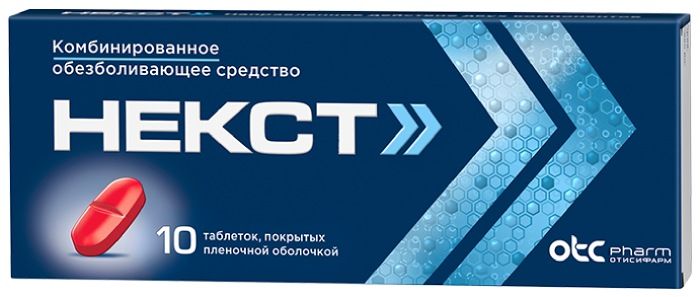
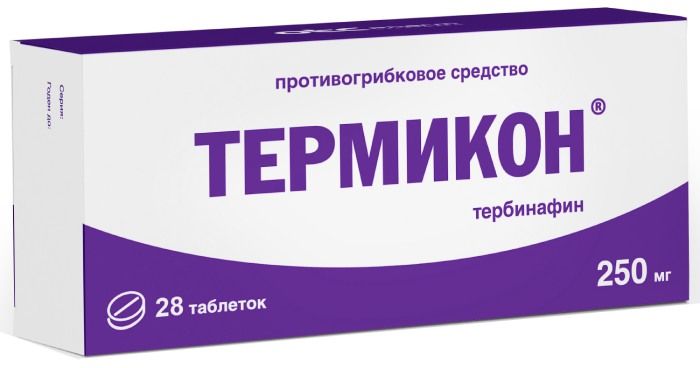
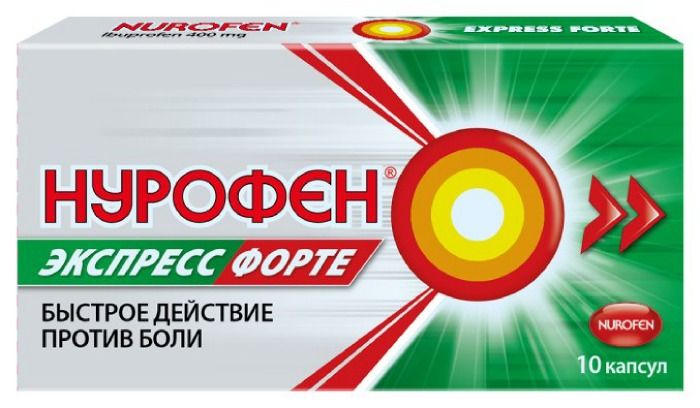

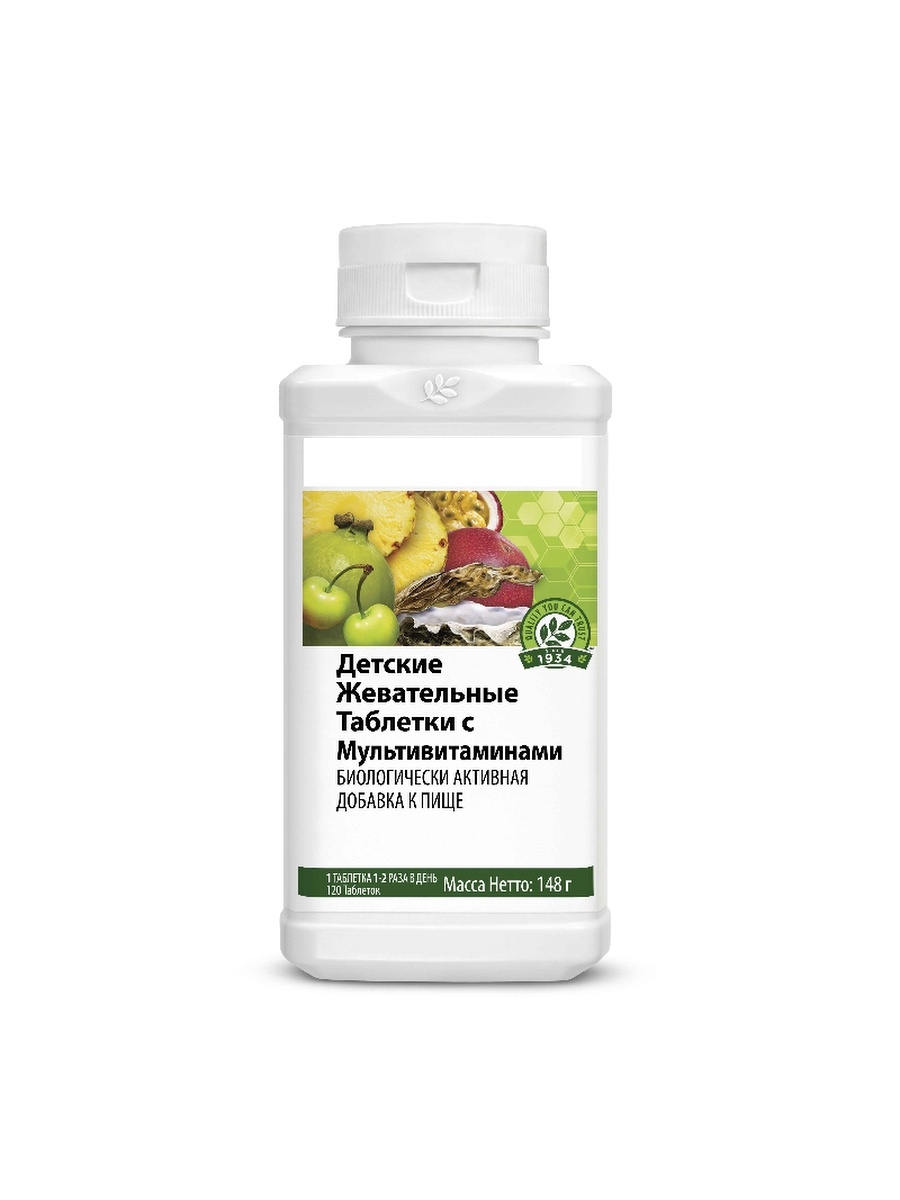
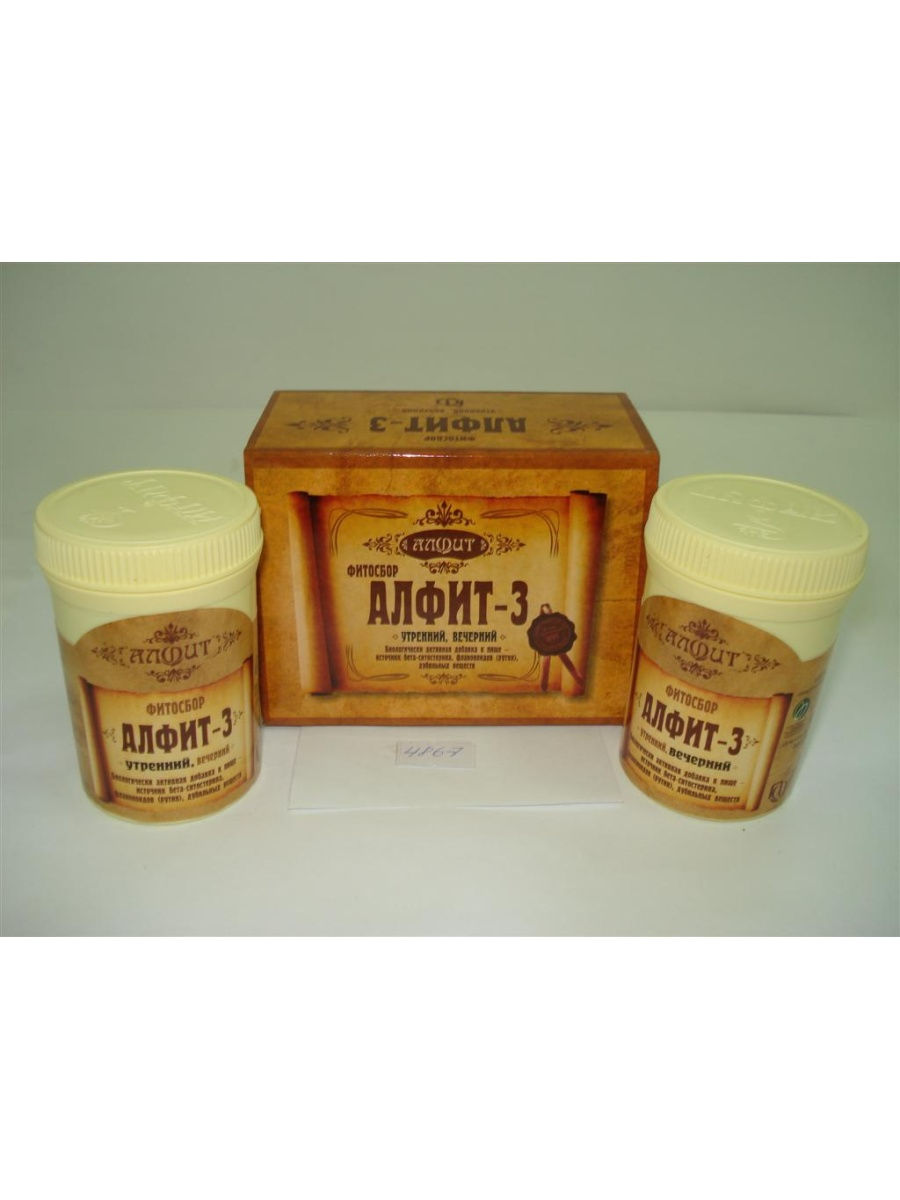
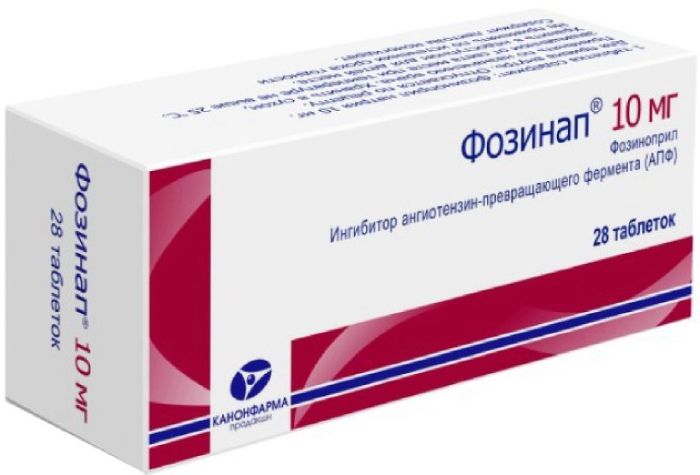
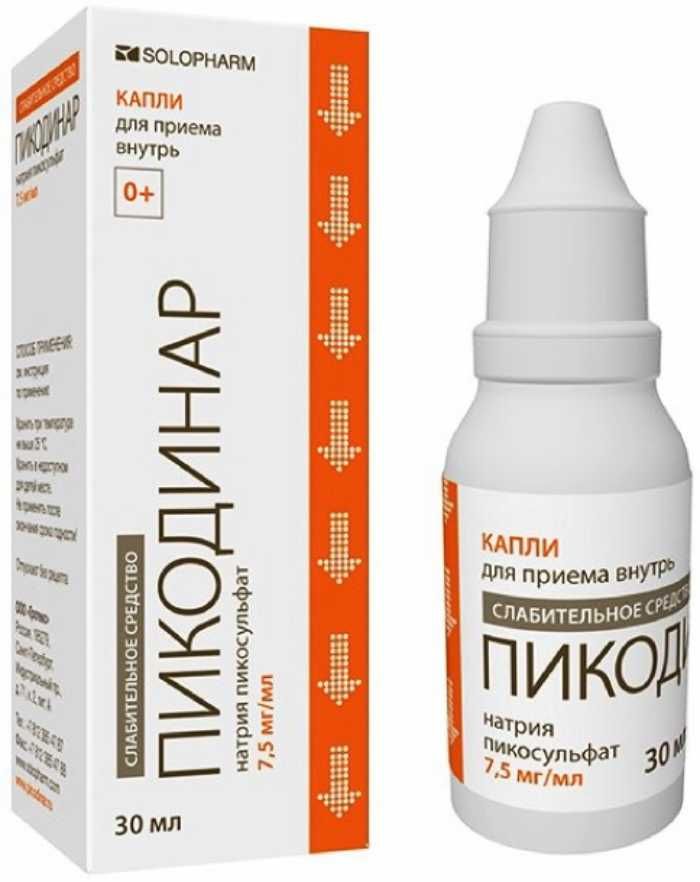
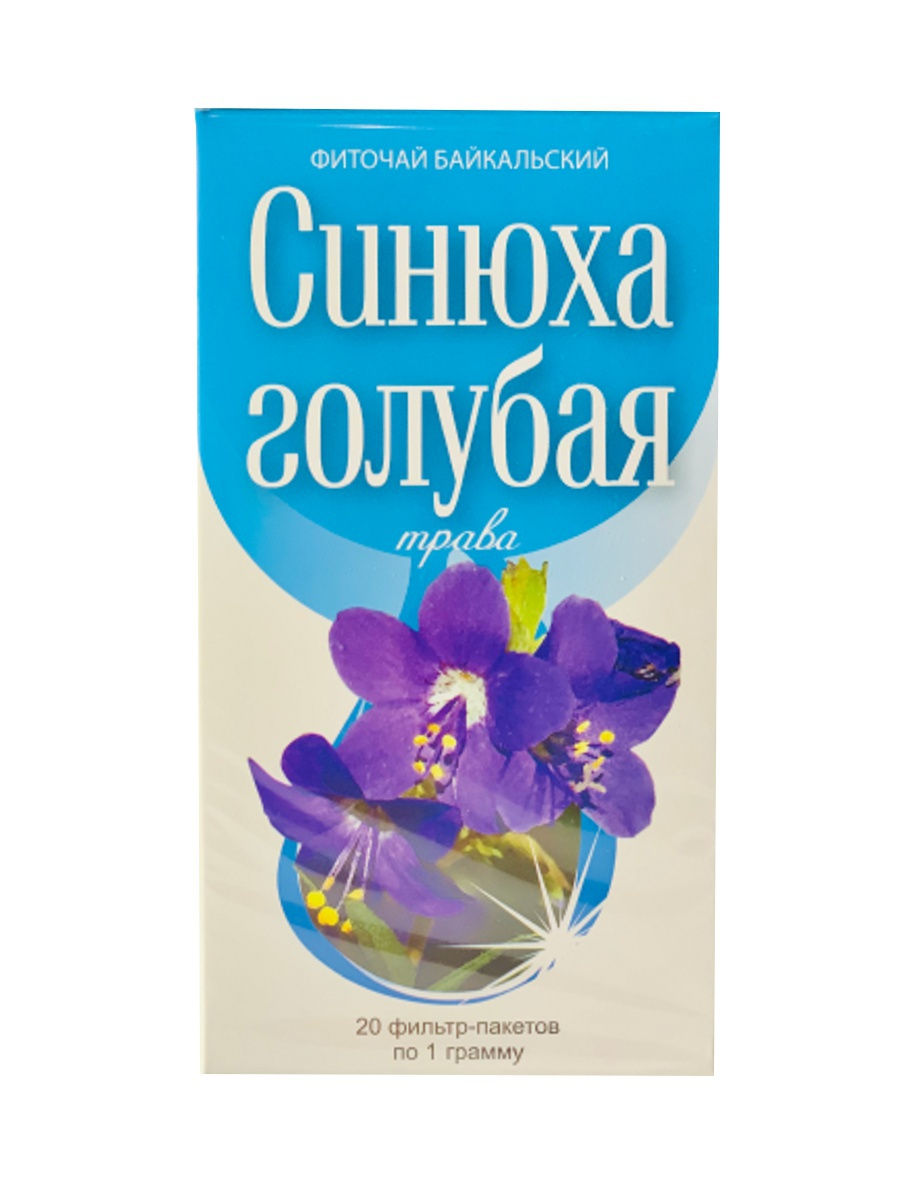



There are no reviews yet.